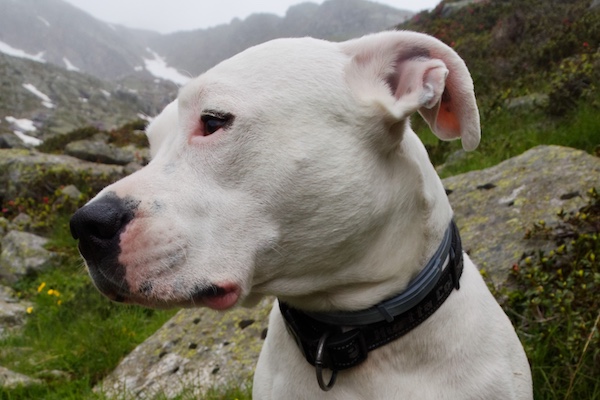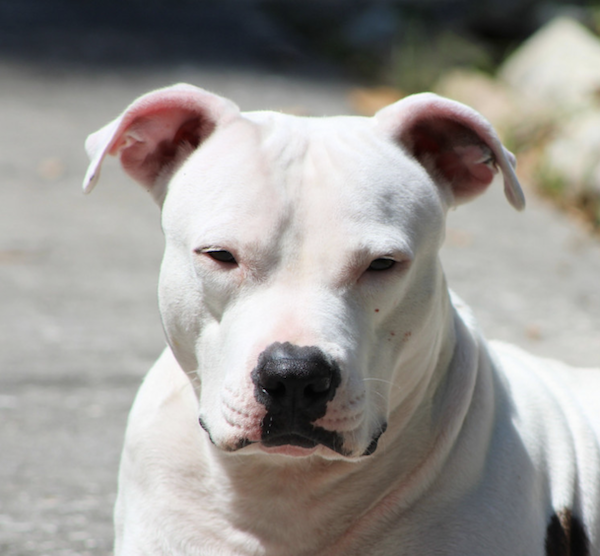
What is the strongest muscle in your body? Most people might say it’s the tongue, but technically speaking, the tongue isn’t one muscle, but a collection of eight. The strongest muscle in your body is the masseter, more commonly called your jaw muscle. Your “butt” is your largest muscle, and your heart is the hardest working, but relative to its size, no muscle delivers as much power as your masseter.
It is a vitally important muscle to dogs, too. The masseter has a central role in chewing, jaw stabilization, and bite force generation. The latter is what enables a dog to close their mouth with significant force which is important to capture and hold prey, crush bones, tear through flesh, and chew tough food. And in the event of an attack by another animal, a firm bite ensures that the dog can keep a secure grip on their attacker without the jaw slipping in a high-stakes situation.
It is curious, then, that more dog breed standards don’t mention the masseter muscle. In fact, only one AKC breed standard explicitly references it—the Dogo Argentino’s. From that standard: “The cheeks and masseter muscles are large, well defined, and covered with tight skin.”
We don’t know why writers of other breed standards didn’t reference the masseter, but we can guess why Dr. Antonio Nores Martinez, creator of the breed and author of the Dogo’s first breed standard, did. Dr. Martinez developed a breed capable of pursuing and subduing large predators across Argentina’s rugged terrain, and he knew that if his breed didn’t have a firm grip on a wild boar, it would not end well for the dog.
Rather than talk about how Dr. Martinez went about to create his breed, in this post we’ll touch upon what it is about the Dogo’s structure that gives the breed this remarkable jaw muscle. In fact, if our homework is accurate, the structure of the masseter muscle in the Dogo Argentino is actually a bit different from other breeds because of anatomical adaptations tied to its functional job. 
It’s all in your head. Or rather, the Dogo’s head. Its skull is shaped in a way that supports the developement of strong “chewing” (or masticatory) muscles, and gives those muscles more space to grow and attach. Wide zygomatic arches (cheekbones) provide ample room for the masseter muscle to attach securely, while a large temporal cavity (the space formed by the separation of the dog’s cheekbones from its skull) is roomy enough so that both the masseter and temporalis muscles work together to generate a powerful bite.
Remember that the sentence about the masseter includes the word ‘large?’ The Dogo Argentino’s masseter muscle is indeed larger and more robust than in many other breeds. This is due to ‘hypertrophy,’ and all that means is that the muscle fibers grow larger in response to demands placed on them, much like how our muscles grow and become more defined when we lift weights.
The Dogo’s mandible has a hollow area on the lower jawbone called the deep masseteric fossa (for those into dog anatomy). It also has a shortened, curved body that enhances leverage for muscle attachment and efficient force transmission. These structural traits are particularly pronounced in the Dogo Argentino because, once again, a dog holding onto a panther needs a powerful jaw!
At the end of the day, the Dogo Argentino’s masseter is a fine illustration of selective breeding for power and endurance
Photos shared under CC0 Public Domain
